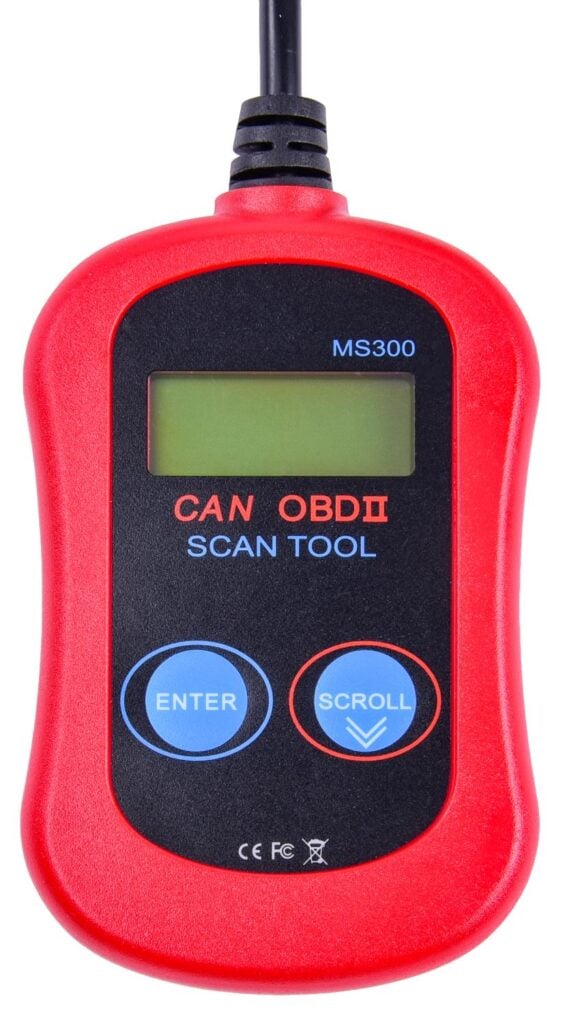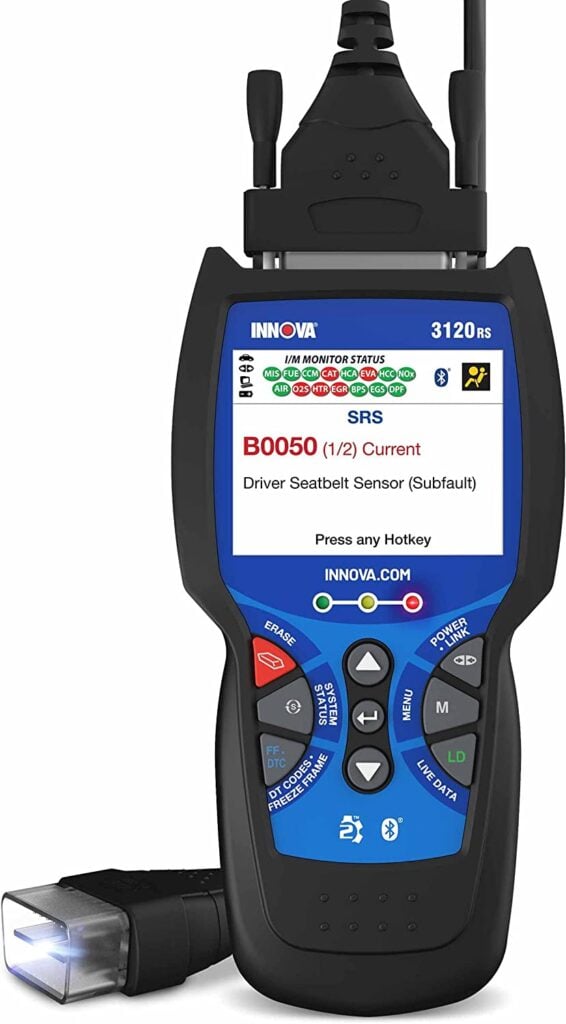Sign up now to join the JEGS email newsletter and be the first to learn about new products, special deals and e-mail only offers!


Diagnostic trouble codes, also known as "fault" or "engine" codes, are unique five-digit identifiers indicating a specific problem has been detected by a vehicle's computer. These codes can aid with problem diagnoses and give car owners a heads-up on issues so they can resolve them before they worsen.
In this article, we'll be reviewing the P0135 code, which indicates an O2 sensor heater circuit malfunction in bank 1, sensor 1. We'll start by covering exactly what this means, as many car owners find it a bit confusing.
Then, we'll cover some symptoms you may come across while a P0135 is active, its potential causes, and its overall severity. Finally, we'll explore diagnosing and inspecting for a P0135 code, ensuring you're fully prepared to address it.
Oxygen sensors (O2 sensors for short) monitor how much oxygen is in a vehicle's exhaust gasses, which the engine uses to adjust its air-fuel. One key part of this process is a built-in heater element that quickly brings the sensors up to their operating temperature.
Oxygen sensors (O2 sensors for short) play a crucial role in engine management. They monitor the amount of oxygen in a vehicle's exhaust gasses, providing feedback to the engine's computer.
This feedback allows the engine to adjust its air-fuel mixture for optimal combustion. An O2 sensor works by producing a voltage based on the difference in oxygen levels between the exhaust gas and the outside air.
One advancement in O2 sensor technology includes a built-in heater element.
A heated O2 sensor has this internal heater circuit, which ensures the sensor reaches its operating temperature more swiftly than an unheated one. This rapid warm-up is key to the engine running smoothly, especially during its initial start, ensuring the proper air/fuel mix and faster engine warm-up.
If a vehicle is displaying a P0135 code, it means something is amiss in the first O2 sensor's heater circuit, such as a short in the circuit or excessive resistance.
O2 sensors are key in maintaining optimal combustion, so if your car currently has a live P0135 code, you'll likely experience a few symptoms; below are the most common.

Sign up now to join the JEGS email newsletter and be the first to learn about new products, special deals and e-mail only offers!

Overall, a P0135 code carries a Medium level of severity. While it might not cause immediate damage or leave you stranded, addressing it sooner rather than later is important for maintaining optimal engine performance and preventing long-term harm.
Ignoring a P0135 code for too long can diminish your engine's performance and efficiency and, in severe cases, indirectly damage the catalytic converter.
Here are some of the most common causes behind a P0135 code:
Yes, in most cases, you can still drive your vehicle if it's showing a P0135 code.
Just note that this code indicates a fault in the O2 sensor's heater circuit, which might not cause immediate breakdowns or severe engine damage but can lead to poor fuel efficiency, engine performance, or any of the other symptoms mentioned earlier.
Over time, these issues can strain other parts of your vehicle, such as the catalytic converter. Moreover, a P0135 causing higher emissions means driving isn’t just further taxing your engine, but also the environment.
For the best experience, it's always best to address diagnostic trouble codes soon after they appear to prevent premature engine wear.
When diagnosing a P0135 code, the best place to start is with a reliable OBD-II scanner. These handheld devices plug directly into a vehicle's OBD-II port and can quickly scan your system for codes.
Once you've confirmed the presence of the code, visually inspect the O2 sensor in bank 1, sensor 1, and its wiring. Look for signs of damage, wear, or disconnection.
Next, using a multimeter, check the resistance of the heater circuit in the O2 sensor. If resistance is outside the manufacturer's specifications (usually between 10Ω and 20Ω), the sensor might be faulty. Finally, inspect the O2 sensor's heater circuit fuse to ensure it's intact.
If you're unfamiliar with these procedures or if the issue isn't evident after these checks, your best bet is to consult a mechanic. They'll have the tools and expertise to pinpoint the exact cause and suggest a solution.

Inspecting a P0135 code can range from straightforward to moderately challenging, depending on how savvy you are with automotive diagnostics and the specific issue causing the code.
For those who are mechanically inclined, the initial steps—like using an OBD-II scanner to confirm the code and visually inspecting the O2 sensor and its wiring—are relatively simple.
Yet, more in-depth diagnostics, such as testing the heater circuit's resistance with a digital multimeter or checking related fuses, might require a bit more expertise and confidence.
For owners without any hands-on experience with car repairs, even the basic steps can seem daunting.
The important thing is that the root cause of the issue is resolved, so if you're unsure at any stage, it may be best to simply turn things over to a trusted mechanic.
There you have it, the full rundown on the P0135 diagnostic trouble code. While a faulty O2 sensor heater may not necessitate pulling over immediately, you will want to diagnose and repair it before it becomes a bigger headache.
For all your automotive needs, consider JEGS, a leading supplier of performance auto parts. Still have questions? Contact our team today.




